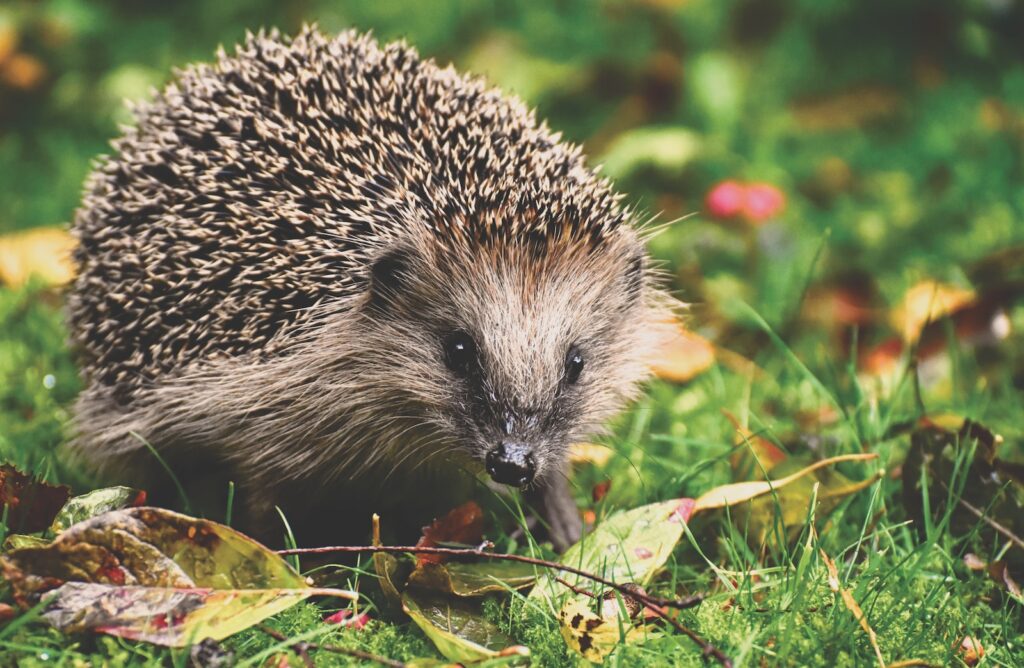Environmental DNA (eDNA) collected by existing air quality monitoring stations provides ‘treasure trove’ of information on plants and animals.
Local councils are often keen to find creative, intelligent ways to better use the data they accumulate to bring additional benefits. Headlines this week show just is possible. What’s been called ‘an absolute gamechanger for tracking and monitoring biodiversity’ was first featured in the academic journal Current Biology. Amazingly, it’s all about making use of material we are already collecting.
The accelerating loss of biodiversity is a serious problem, with ecosystems threatened around the world. The World Worldlife Fund’s Living Planet Report 2022 revealed the astonishing figure that global wildlife populations have plummeted by some 69% since 1970.
There have been frequent calls for large-scale, standardised global infrastructure to monitor this loss, but that’s so far proved impossible to organise. But it turns out that the infrastructure already exists, gathering the much-needed evidence for years.
The scientists behind the new paper discovered eDNA from some 180 animals and plants contained in the particulate matter captured by air quality monitoring stations in just two locations, all as part of the stations’ ordinary work.
Of course, air quality is monitored at stations across the UK. They often track the impact of local authority programmes, such as the effectiveness of the low emissions zone in Glasgow. Now we can use the same stations to gather an entirely new dataset in considerable detail.
But co-author Dr Joanne Littlefair from Queen Mary University of London explained the much wider significance of her team’s discovery.
‘Almost every country has some kind of air pollution monitoring system or network, either government owned or private, and in many cases both,’ she said. ‘This could solve a global problem of how to measure biodiversity at a massive scale.’
Littlefair and her fellow authors say that air-monitoring networks are gathering eDNA data that reflects local biodiversity – and between them providing data on a continental scale. What’s more, in some place the samples from such studies of air quality are kept for decades, meaning that we may already have highly detailed evidence of changes to biodiversity over time.
Co-author Assistant Professor Elizabeth Clare from the University of York in Toronto says: ‘We were surprised by the diversity of life we were able to survey with one approach, almost unheard in this field of science. In these two locations, we simultaneously detected the eDNA of 34 bird and 24 mammal species, a wide variety of insects, crops, pathogenic fungus, lovely wildflowers, ornamental garden plants and grasses.
‘We found species of interest, such as hedgehogs, along with badgers, deer, dormice, little owls, smooth newts, songbirds and 80 different kinds of woodland trees and plants – oak, linden, ash, pine – it was all there collected on these tiny filters. It’s unbelievably exciting.’
In related news, a popular harbourside and walking route in New Zealand is to install penguin-friendly solar lighting.
Photo by Alexas_Fotos

















Leave a Reply